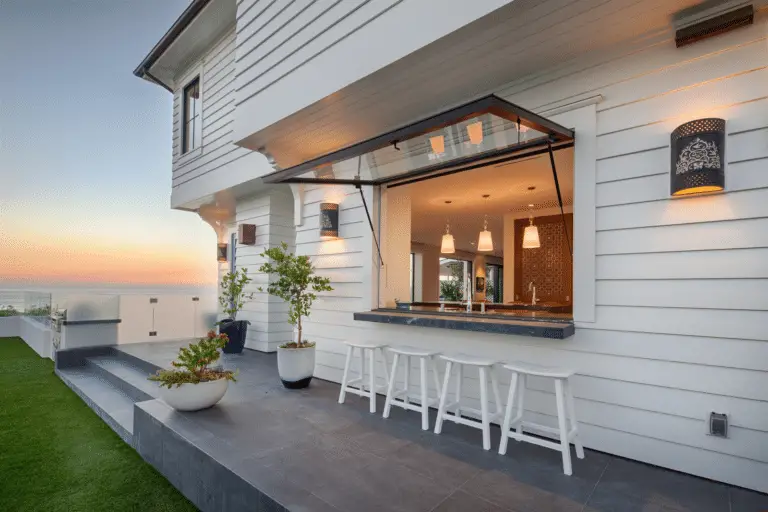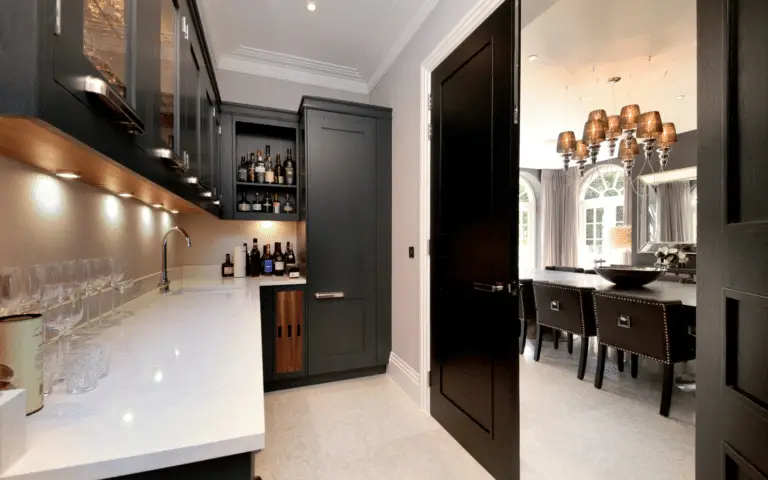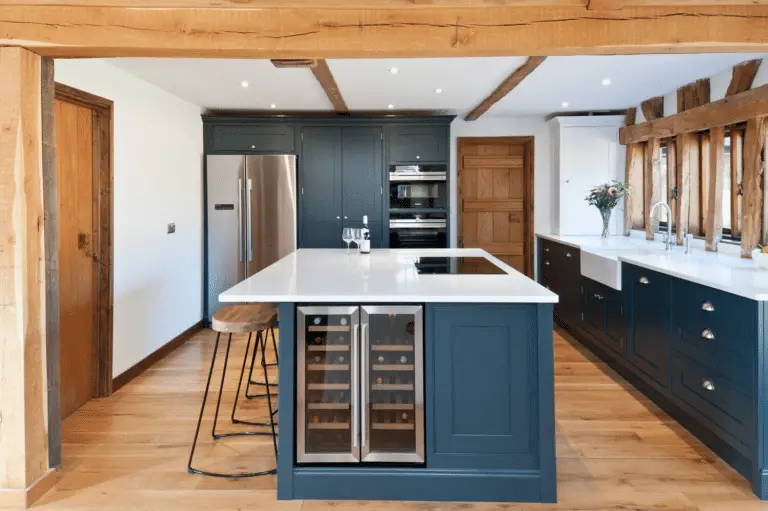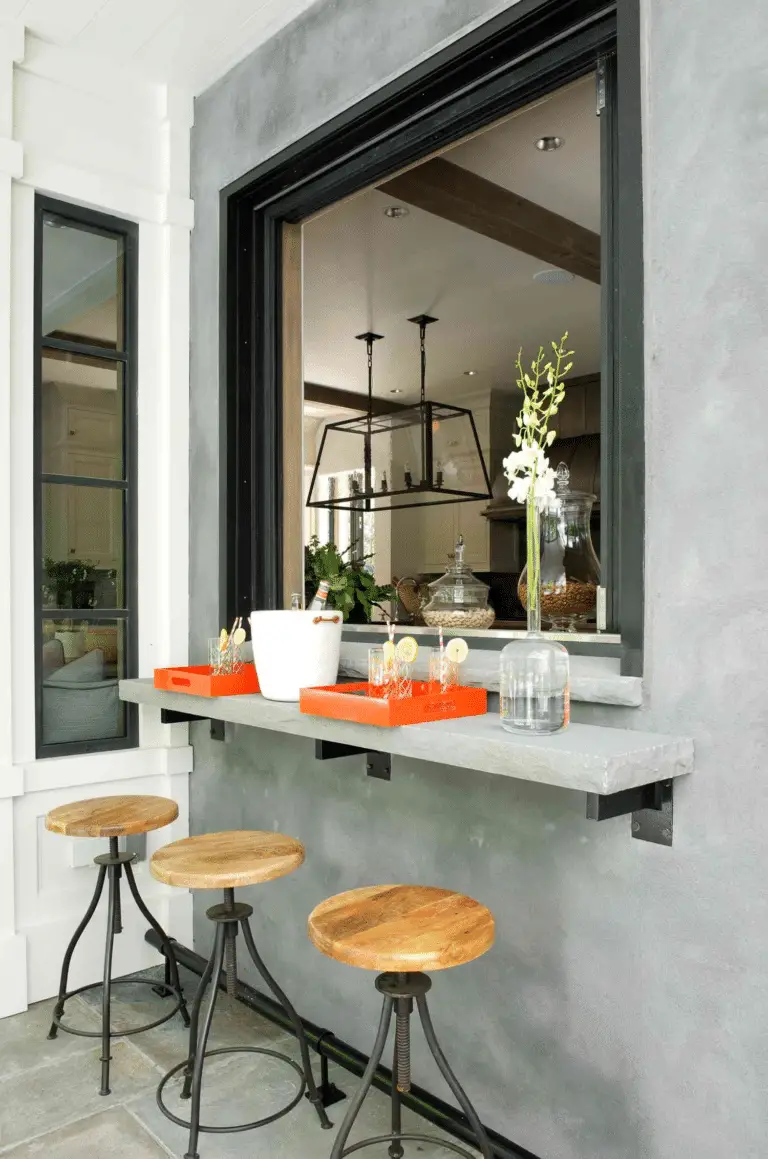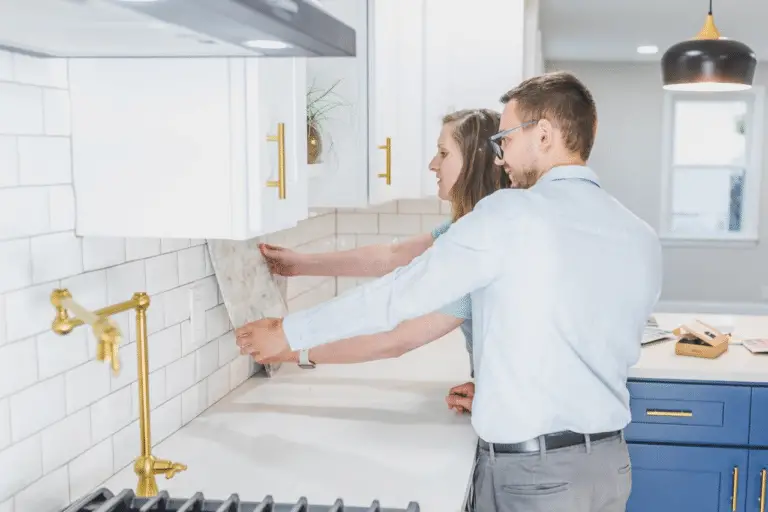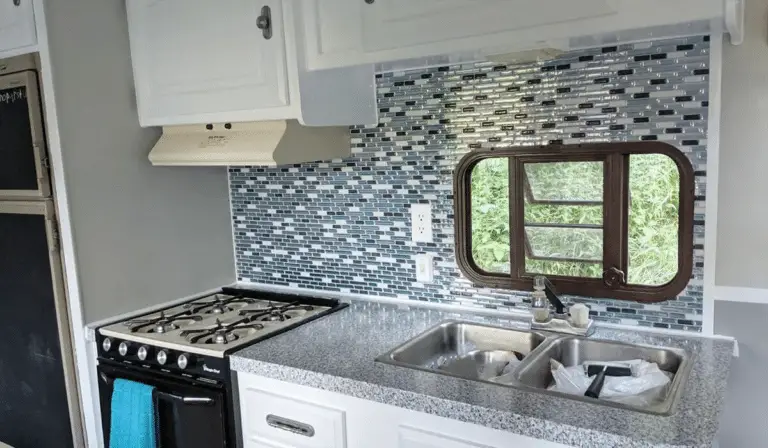Is your RV kitchen sink feeling a little lackluster lately? Low water pressure can put a damper on your daily tasks. In this blog post, we’ll break down the common causes of low water pressure in RV kitchen sinks and provide you with effective solutions to fix the issue.
From checking your water pump to maintaining aerators, we’ve got you covered. Learn how to keep your water pressure at optimal levels with preventative measures and routine inspections. Let’s dive in!
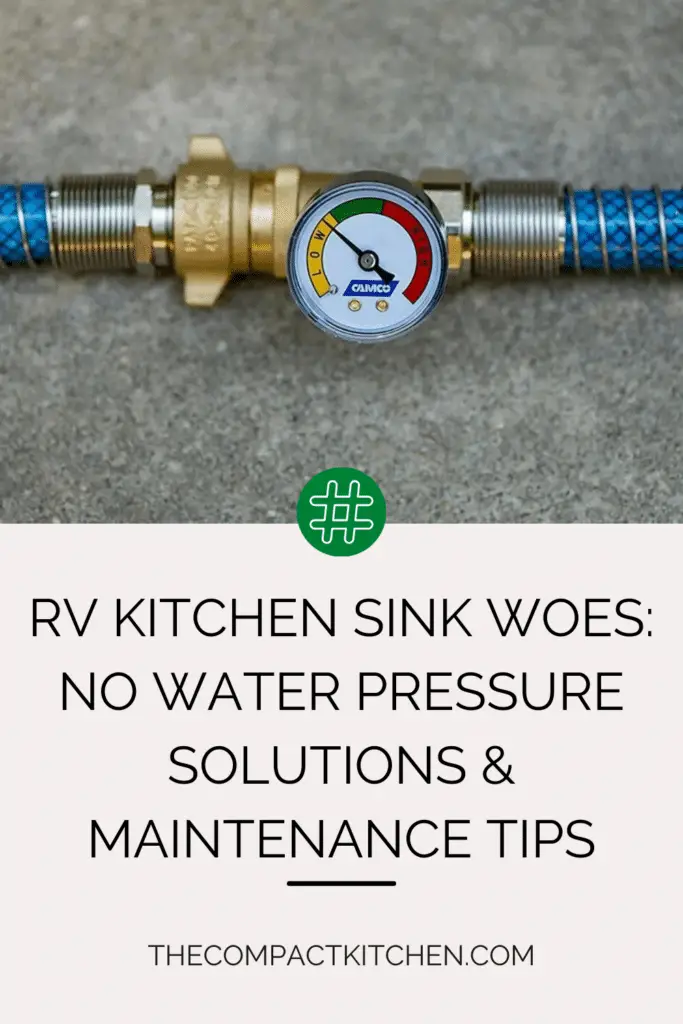
Understanding Water Pressure Issues in RV Kitchen Sinks
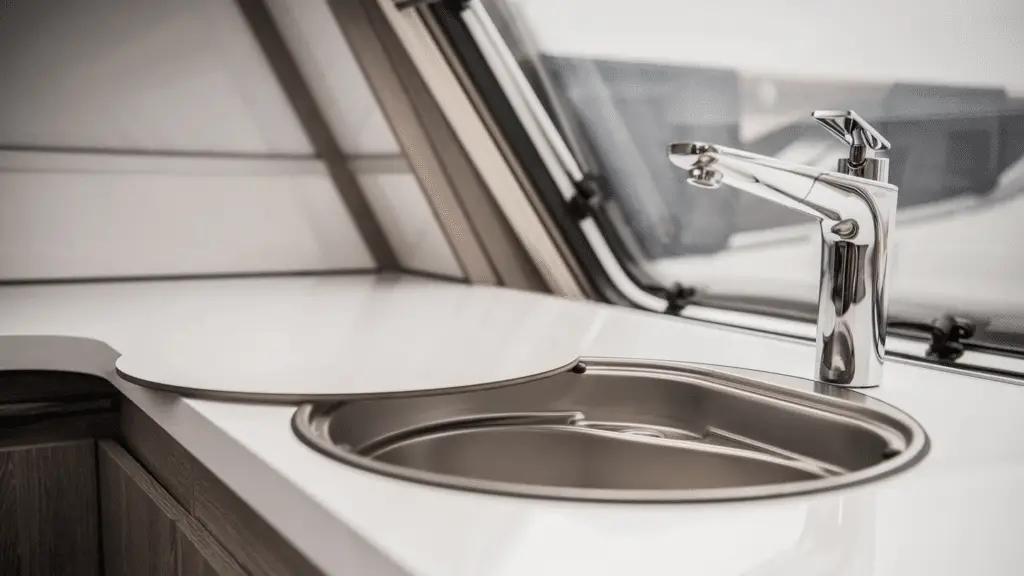
When it comes to enjoying life on the road in your RV, having proper water pressure is essential for carrying out daily tasks efficiently. Whether you’re washing dishes, cooking, or taking a shower, low water pressure can quickly put a damper on your plans. Understanding the difference between normal and low water pressure is key to addressing any issues that may arise.
Differentiating between normal versus low water pressure
Normal water pressure in your RV kitchen sink should be consistent and strong enough to tackle everyday needs without any struggles. If you find yourself turning on the tap and barely getting a dribble of water, you may be facing low water pressure issues. This can be caused by a variety of factors that we will delve into.
Highlighting how frequent water pressure issues can affect daily tasks
When low water pressure becomes a recurring problem in your RV kitchen sink, it can significantly impact your daily routine. Simple tasks that should take minutes can turn into frustrating ordeals. From rinsing dishes to cooking meals, everything becomes more complicated when you don’t have adequate water pressure. Identifying and addressing these issues promptly is essential to maintaining a comfortable RV lifestyle.
Common Causes of Low Water Pressure in RV Kitchen Sinks
When it comes to enjoying the conveniences of your RV kitchen sink, dealing with low water pressure can quickly put a damper on your day. Understanding the common causes of this frustrating issue is the first step towards finding a solution that restores your water flow to its full potential.
RV Water Pump and Closed Valves
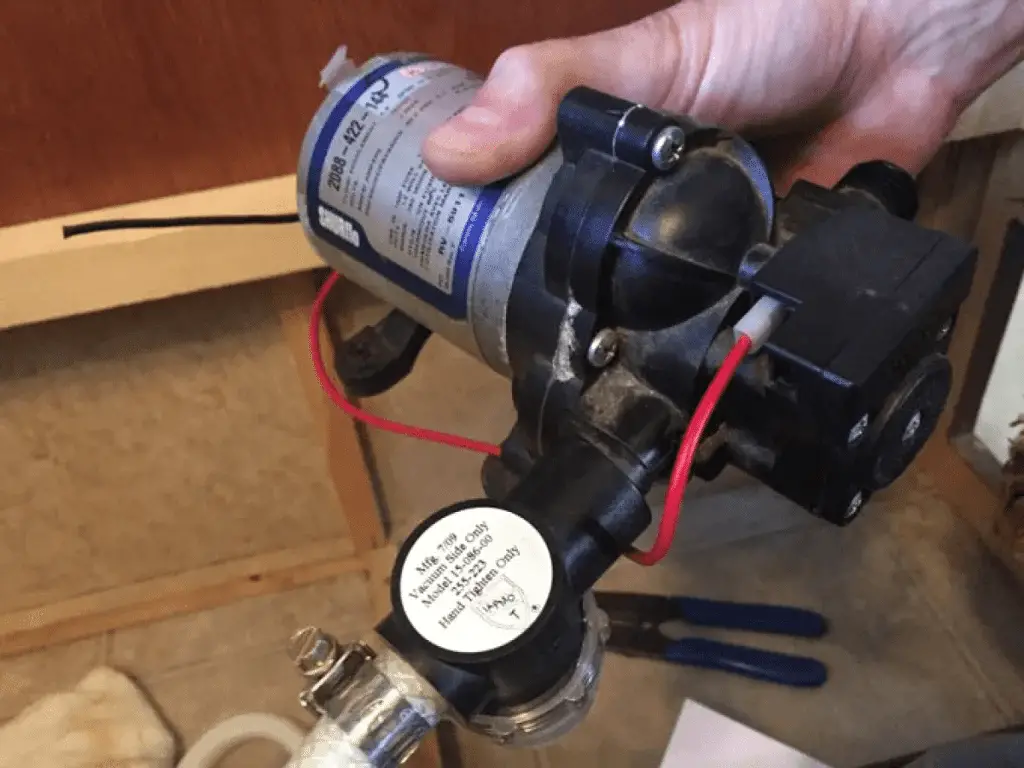
One of the primary culprits behind low water pressure in your RV kitchen sink can be traced back to problems with the RV water pump or closed valves. Issues with the water pump, such as a malfunction or inadequate power supply, can lead to reduced water pressure throughout your vehicle. Additionally, closed valves that restrict the flow of water can also result in a weaker stream coming from your kitchen sink faucet.
Blockages or Kinks in Lines, and Buildup in Aerators
Another common source of low water pressure lies within the plumbing system of your RV. Blockages or kinks in the water lines can impede the flow of water to your kitchen sink, resulting in reduced pressure. Additionally, the buildup of sediment and debris in aerators can restrict the water flow, causing a noticeable decrease in water pressure when using the sink.
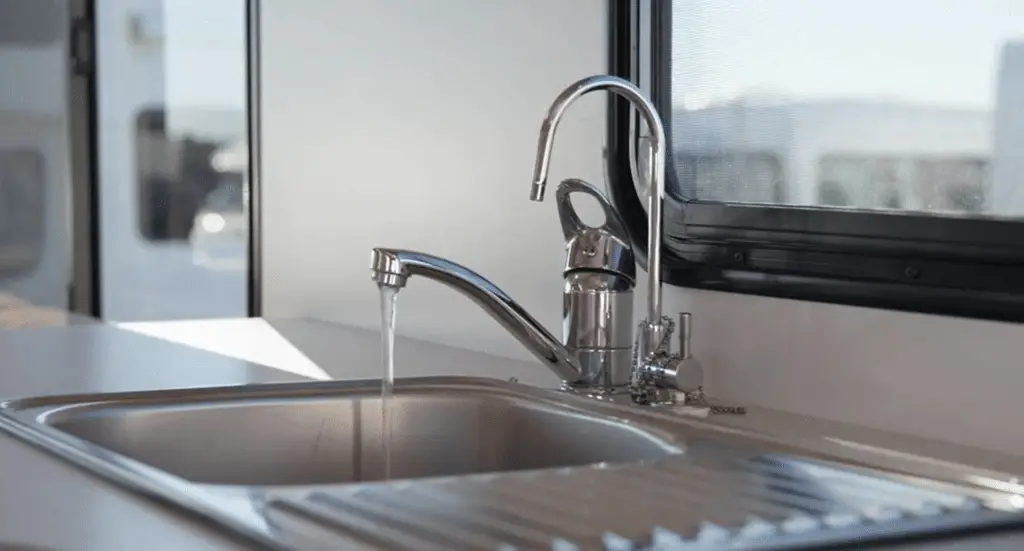
By identifying these common causes of low water pressure in RV kitchen sinks, you can take proactive measures to address the issues and restore your water flow to its optimal level. Whether it’s checking the water pump, inspecting the lines for obstructions, or cleaning out the aerators, being aware of these potential trouble spots can help you troubleshoot your low water pressure problems effectively.
How to Determine if Your RV Kitchen Sink Has Low Water Pressure
When it comes to life on the road in your RV, having water pressure in your kitchen sink is essential for everyday tasks like cooking, cleaning, and washing dishes. But how do you know if your RV kitchen sink has low water pressure? Let’s walk through some methods for gauging water pressure and emphasize the importance of routine checks to prevent long-term damage.
Gauging Water Pressure
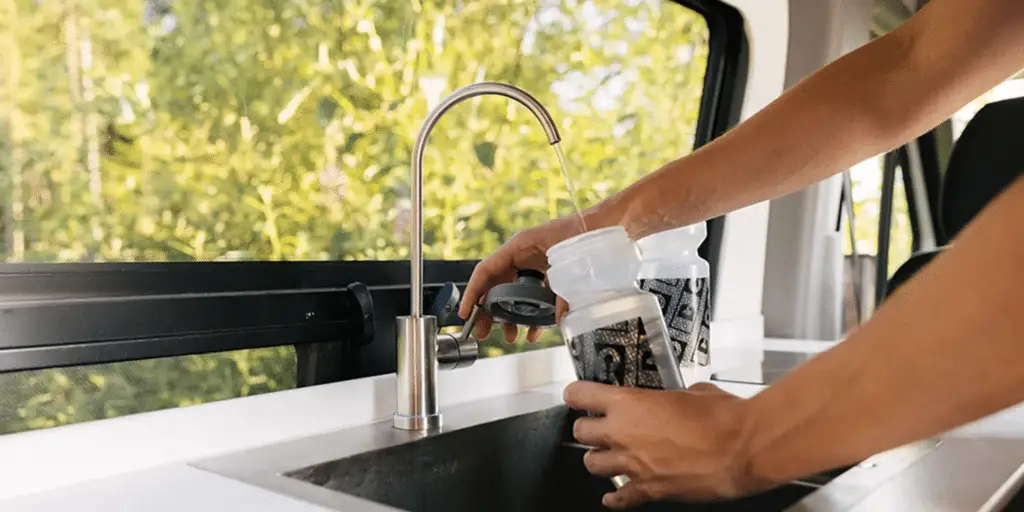
One of the simplest ways to determine if your RV kitchen sink has low water pressure is by turning on the faucet and observing the flow of water. If the water trickles out slowly or lacks force, you may be experiencing low water pressure. Another method is to fill a container with water from the kitchen sink and time how long it takes to reach a certain level. A slower fill rate could indicate low water pressure.
Importance of Routine Checks
Regularly checking the water pressure in your RV kitchen sink is crucial for maintaining the overall well-being of your plumbing system. By identifying low water pressure issues early on, you can address any underlying causes before they escalate into more significant problems. Conducting routine checks can also help you pinpoint potential issues such as closed valves, blockages in lines, or buildup in aerators.
By staying proactive and vigilant in monitoring your RV kitchen sink’s water pressure, you can prevent costly repairs and ensure a steady flow of water whenever you need it. Remember, a little maintenance now can save you from a headache later on.
Effective Solutions to Fix No Water Pressure in RV Kitchen Sinks
When you’re out on the road in your RV, the last thing you want to deal with is no water pressure in your kitchen sink. It can be a major inconvenience, especially when you’re trying to cook a meal or wash dishes. But fear not, there are some effective solutions to get your water flowing smoothly again.
Check the Pump, Valves, and Lines
One of the first things you should do when you notice low water pressure in your RV kitchen sink is to check the water pump. Make sure it is functioning properly and that there are no issues with the power supply. Sometimes, a simple reset of the pump can do the trick.
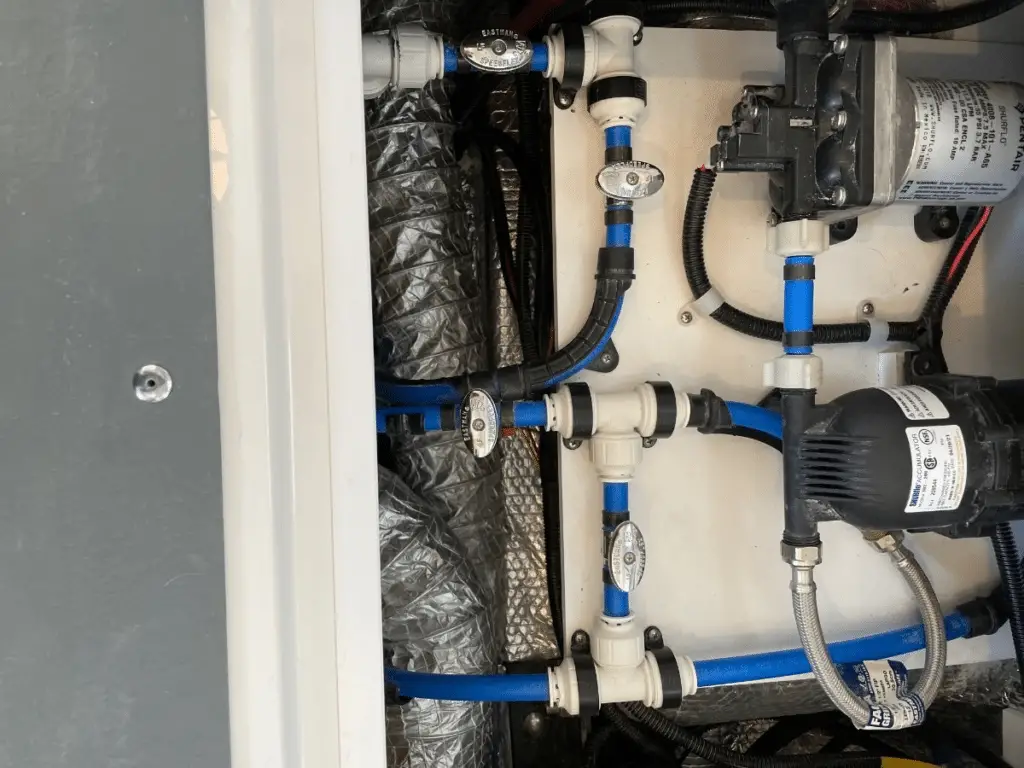
Next, check the closed valves to ensure that they are fully open. Sometimes valves can accidentally get closed, causing a decrease in water pressure. If the valves are open, move on to inspecting the water lines. Look for any blockages or kinks in the lines that may be restricting water flow. Clearing out any obstructions can help restore water pressure.
Clean or Replace Aerators
A common culprit of low water pressure in RV kitchen sinks is a buildup of debris in the aerators. These small screens at the end of the faucet can get clogged over time, causing a decrease in water flow. Remove the aerators and clean them thoroughly with water and a brush to remove any buildup. If cleaning doesn’t do the trick, consider replacing the aerators altogether.
Knowing When to Seek Professional Help
If you’ve tried checking the pump, valves, and lines, as well as cleaning or replacing the aerators, and you still have no water pressure in your RV kitchen sink, it may be time to call in the professionals. A professional plumber with experience in RV systems can diagnose the issue and provide a more in-depth solution.
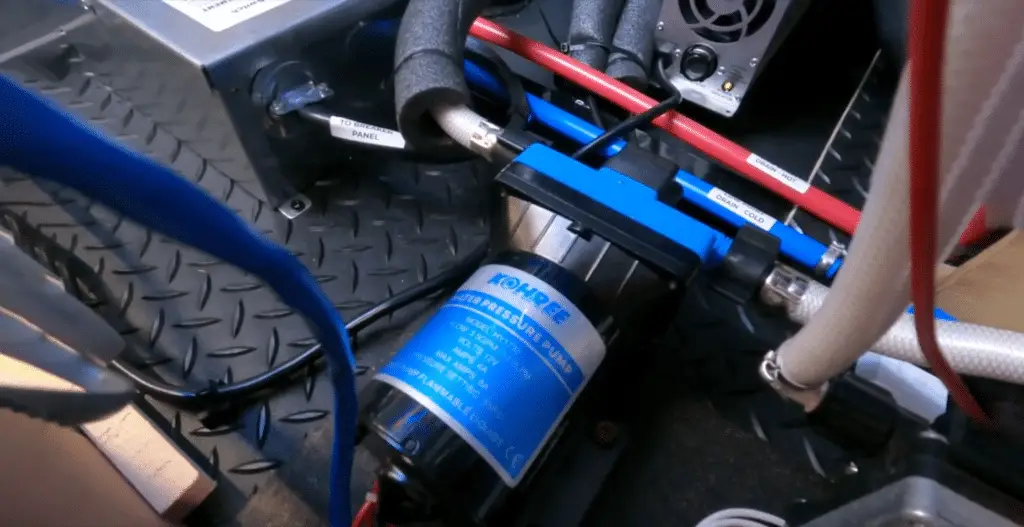
By following these effective solutions, you can get your water pressure back to normal in your RV kitchen sink and get back to enjoying your travels hassle-free. Remember to perform routine checks and maintenance to prevent future water pressure issues and keep your RV running smoothly.
Preventative Measures for Maintaining Water Pressure in RV Kitchen Sinks
Now that you’ve addressed the low water pressure issue in your RV kitchen sink, it’s crucial to take preventative measures to ensure it doesn’t happen again in the future. By incorporating these maintenance tips into your routine, you can keep your water pressure at optimal levels and avoid any inconvenience during your travels.
Regular Inspections for Water Pump and Valves
One of the most effective ways to prevent low water pressure in your RV kitchen sink is to regularly inspect the water pump and valves. Make sure to check for any leaks, damage, or signs of wear and tear that could impact the flow of water. By addressing any issues early on, you can avoid more significant problems down the line.
Keep Lines Clean and Clear
Another important preventative measure is to keep your RV water lines clean and clear of any blockages. Over time, debris, sediment, or mineral buildup can accumulate in the lines, leading to decreased water pressure. By flushing out your water lines regularly and using a water filter, you can prevent blockages and maintain consistent water flow.
Maintaining Aerators for Consistent Water Pressure
Don’t forget to include aerators in your maintenance routine to ensure consistent water pressure in your RV kitchen sink. Aerators can become clogged with dirt, debris, or mineral deposits, causing a decrease in water flow. Remove and clean your aerators periodically to keep them running smoothly and maintain optimal water pressure.
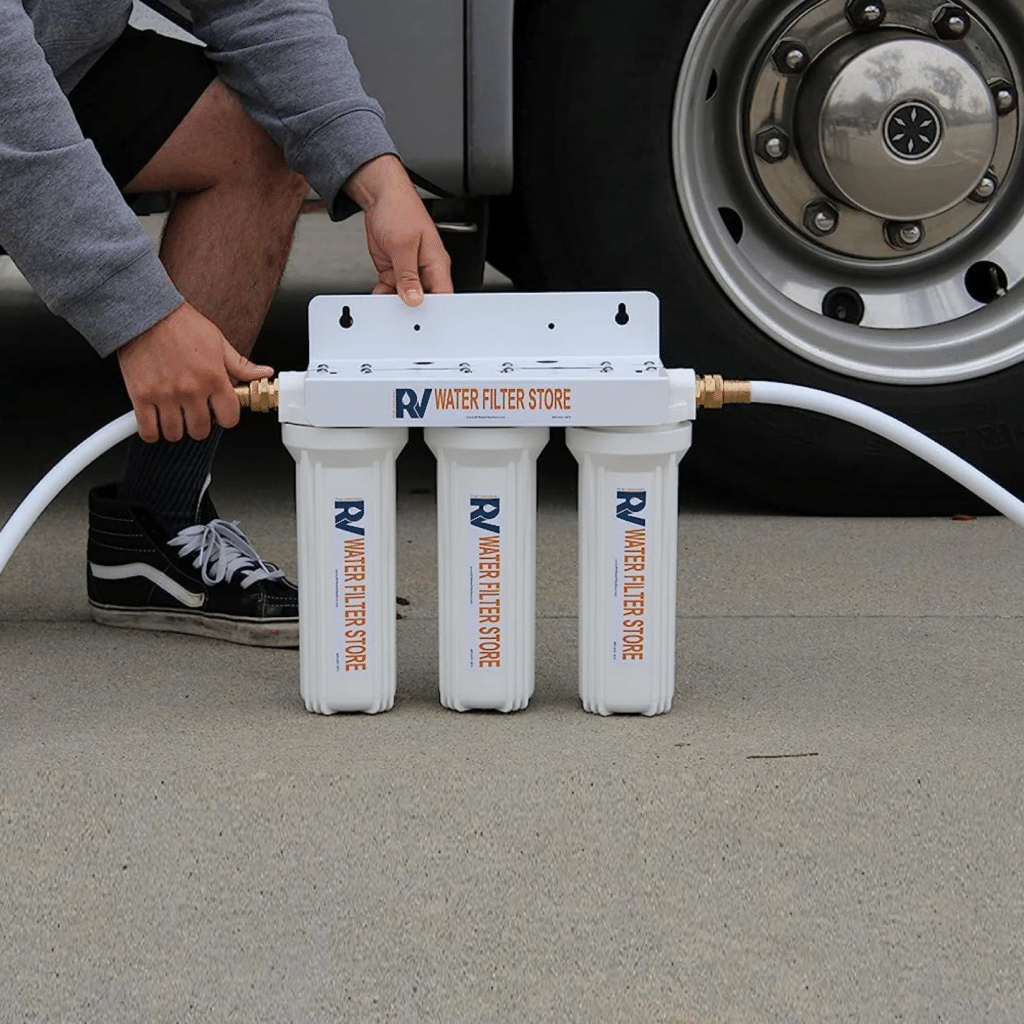
By incorporating these preventative measures into your RV maintenance routine, you can avoid the headache of dealing with low water pressure in your kitchen sink while on the road. Remember, a little bit of proactive care goes a long way in ensuring a smooth and hassle-free experience during your travels.
Don’t Let Your RV Sink Without Water Pressure!
In conclusion, understanding the causes of low water pressure in RV kitchen sinks is essential for smooth travels. Routine checks and preventative maintenance are key to avoiding frustrating water pressure issues on the road. Remember to keep an eye on your water pump, valves, and aerators to ensure a steady flow.
With these effective solutions and preventative measures, you’ll be able to enjoy a stress-free RV kitchen experience. So, keep those sinks running smoothly and happy camping!



